9.8 /10 1 Votes
Designer(s) Yūko SatōYuka Kumagai Genre(s) Action,platformer | 4.9/5 eBay Artist(s) Yūko Nakamura Initial release date 26 June 1992 Developer Takeru | |||||||||||||||||||||||||||||||||
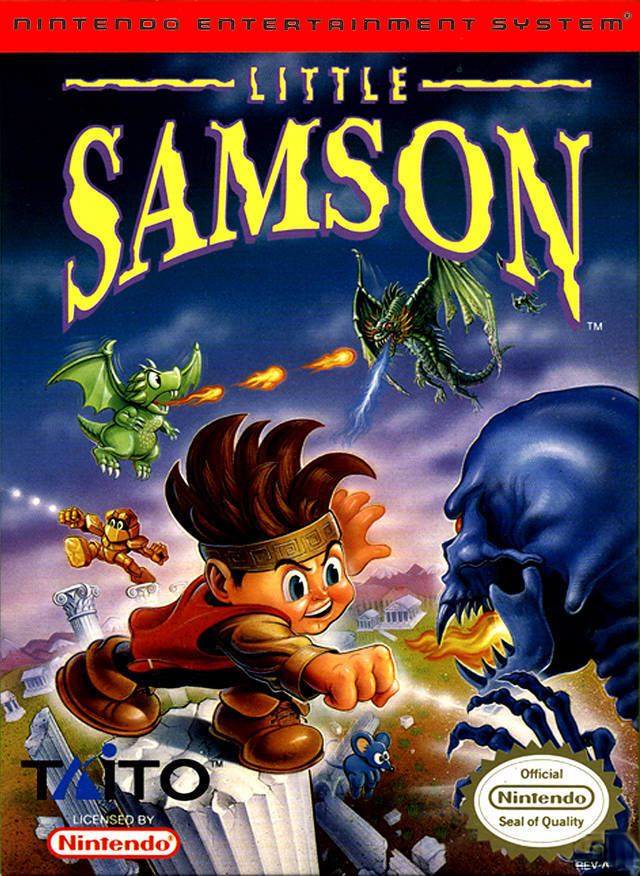 | ||||||||||||||||||||||||||||||||||
Producer(s) Shinichi YoshimotoKiyoshi Utata Writer(s) Shinichi YoshimotoD.Bo0wy Composer(s) Yoshiji YokoyamaYukie Marikawa Similar | ||||||||||||||||||||||||||||||||||
Little samson nes gaming historian
Little Samson, known in Japan as Seirei Densetsu Lickle (聖鈴伝説リックル, "Holy Bell Legend Lickle"), is a 1992 action platformer video game developed by Takeru and published by Taito Corporation for the Nintendo Entertainment System. Taito released the game at the height of the platformer genre's success, hoping to finally achieve a solid hit on the system with a proven formula, the same way Hudson Soft had done with their Adventure Island series and Capcom with their Mega Man titles. It was notable for having highly detailed graphics for an 8-bit game, seen in the game's menacing boss characters (which contrasted heavily with the more childlike sprites of the protagonists).
Contents
- Little samson nes gaming historian
- Little samson derpatologist part 1 game grumps
- Gameplay
- Plot
- Characters
- Development
- Reception
- References
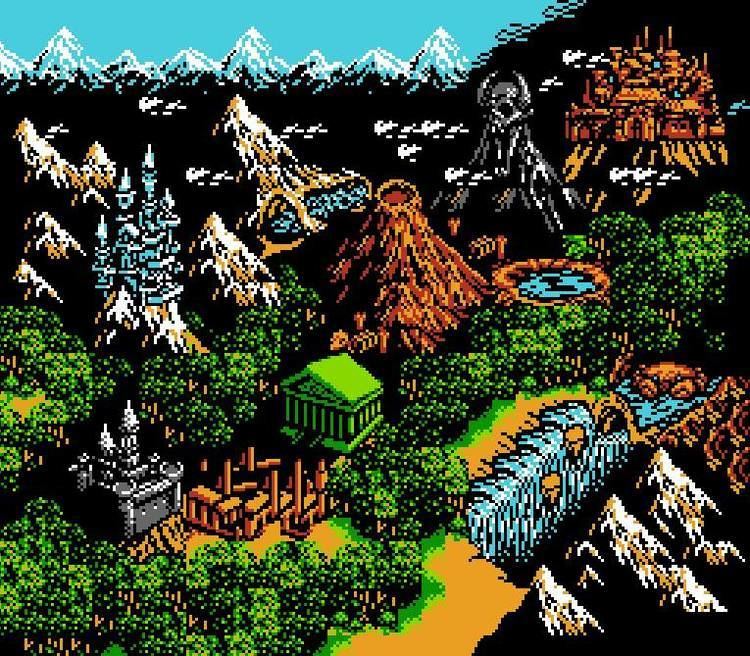
Little samson derpatologist part 1 game grumps
Gameplay
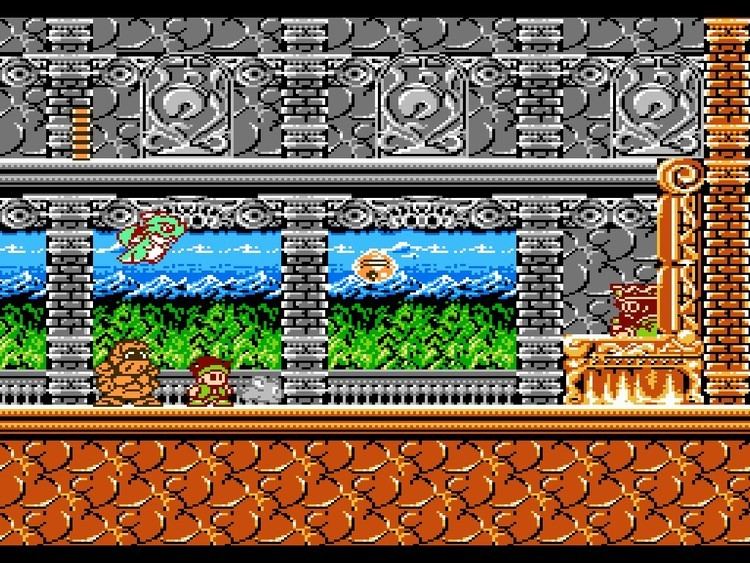
The game's setup is highly reminiscent of the Mega Man series. The player jumps with the A button and attacks, usually in the form of a projectile, with the B button. The characters health is shown by a series of bars, stacked vertically, to the left side of the screen. Throughout the stages the characters must defeat enemies and avoid pits, all the while collecting standard powerups including one ups, energy replenishing hearts, and spheres which increase the capacity of the character's health meter.
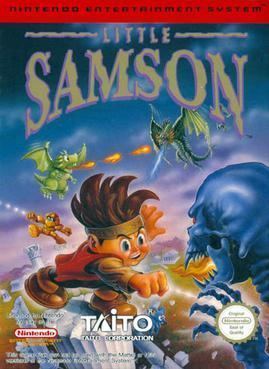
The two choices of game play the player may choose (easy, normal) dictates the level of difficulty. If the player chooses normal mode, several changes will occur in comparison to if the player chooses easy. Characters will have a limit to how much their health meter may extend (about half of their maximum in easy mode). Levels will also sport more enemies in normal mode, and should the player die playing with either the dragon, golem, or mouse, that character will no longer be selectable until the player either uses a potion on them or beats the level. Little Samson on the other hand will always be playable, and because of which, he alone can complete almost all the levels alone (exceptions being the introductory levels and the very last level).
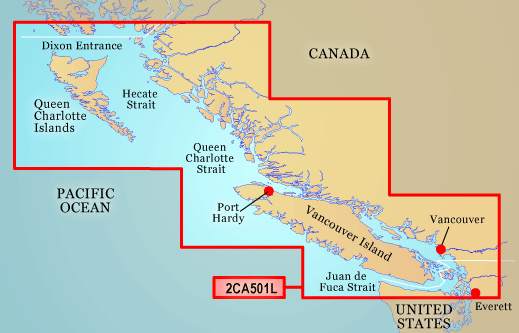
A unique feature of the game is that the player may switch characters at any point during the level. Each character has their own health gauge, but they all share the same “lives” (if the character which the player is using dies, then they lost a life and all heroes' health gauges are restored). This unique setup makes the game's stages much easier to complete than many other similar games and allows for unique strategies when facing the game's boss characters, which the player must face at the end of many stages. When confronted the boss' health is displayed in a similar fashion to the player's but on the right side of the screen. There are two kinds of boss battles; regular bosses, and the dark prince's 4 henchmen. Normal boss battles consist of one fight against a creature Samson and co. encounter along the way. A henchman boss battle, however, consists of two phases; their cloaked form, and the boss' true form (typically a large monster). After defeating the boss the player is shown their password.
Plot
The game begins simply enough — a dark prince is freed from his seal by a thunderstorm, and begins to try to take over the world. The kingdom is in peril, and the King orders that the four heroes receive a summon. Four pigeons fly off to meet these heroes, and each reads the summon. From here, the player must navigate all four of these players through an introductory course (all fairly simple).
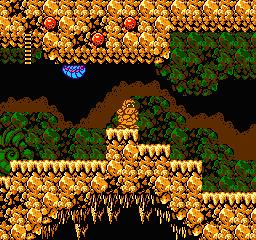
From here, the strengths of individual characters must be utilized to get through a variety of courses. Several bosses await the heroes, and it Is up to the player's strategy to choose which hero(es) will fight the boss. A few levels have branching exits, taking the player to different levels, although each one ends up taking the player to stages marked by skulls on the map. Here, the player fights one of the four wizards that serve as the dark prince's right-hand men, each of which becomes a larger boss when defeated (green becomes a Cyclops, blue becomes a magic-wielding knight, red becomes a giant dragon, and the yellow becomes what appears to be the Grim Reaper).
Eventually, the player reaches what appears to be the dark prince's castle, and faces a golden wizard-knight at the end (which transforms into a demonic skull). If the game is played on Easy, this is the final level. If played on Normal, the dark prince's true stronghold — a castle resting on a giant, green skull — arises, and the game continues for a few more levels, ending with a confrontation with the dark prince himself. In the end, through the utilization of all four characters, the kingdom is saved.
Although Little Samson establishes a storyline, there is not a single line of dialogue (spoken or written) in the entire game. All story development is shown through pantomimed animated cutscenes. This approach was also used in the Mega Drive Sonic the Hedgehog series, generally in the final stages of the game but more frequently in Sonic the Hedgehog 3 which was released after Little Samson.
Characters
Throughout the game the player operates one of four characters, each with their own strengths and weaknesses. The first four stages are each dedicated to a specific character, but upon their completion the player can swap characters at any time for the remainder of the game, and often must do so in order to complete the level. The four characters are as follows:
Development
The game is directed by Shinichi Yoshimoto, who had previously worked on Strider and Ghouls 'n Ghosts.
Reception
Allgame editor Skyler Miller described Little Samson as one of the best platformers on the NES, touting it as a "tour de force of excellent game design, attractive graphics, and pure entertainment value". He also described the game's stages as "challenging and creatively designed".
